So I'm back to being a nerd and for today, I'd like to share my fascination with a bit of forensics, or at least a portion of it.
Fingerprint detection is one of the most sought after piece of evidences in crime scenes besides the actual weapon used for assault, and of course, more concrete biological evidences. What makes it all the more fascinating is that these print can tell more about the perpetrator and of the nature of the crime.
So to start off, there are three basic shapes of your prints. As much as we know that everyone's fingerprints are unique, all of them can only fall under these shape patterns, namely whorl (which has that swirling in the middle pattern), Arch (the one that doesn't exhibit any swirling or circular patterns), and lastly the loop (one that looks like it was mixed in the middle). Knowing these helps narrow down the group of people on the suspect list
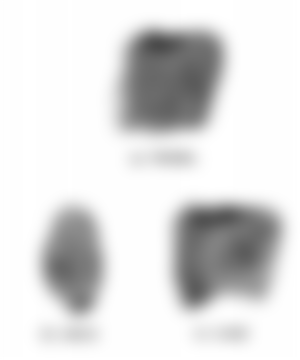
And aside from these shapes, basing on what kind of fingerprint was left so there are also three type of prints that can be left in the crime scene that would tell the nature of the crime
First and the most visible would be the most visible to the eye is the patent print. This one is left behind with very visible stains of either blood, dirt or any pigmented item, as long as it's visible.
Next would be Plastic prints. These ones also falls under visible prints since they're ones that are left behind on soft surfaces or surfaces that can be left indented, such as clays and waxes.
Lastly, the latent prints. These are the trickiest and what we enjoy seeing in crime scenes. They're not visible unless color developers and UV lights are used on these. These are the type of prints that are left behind because of the oils your body excretes from your skin. These are the type that can be avoided with the use of latex gloves or if children did the crimes (Since children don't excrete that much oils out of their bodies yet, which is why they don't leave lasting latent prints over surfaces. This is why some syndicate groups use children in committing their crimes for them)
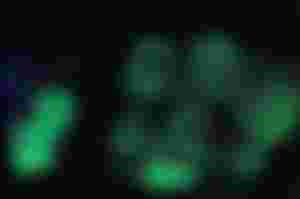
So how can we see these prints if they're not visible?
Fingerprint powders consists of fine powders that are constituted by a binder and a color enhancer (or metal pigments). So the binder helps the color enhancer or pigment to adhere to the oils on the latent print; and the color enhancers or pigments make the print more visible. This is what you see investigators use in the crime series we love so much. unfortunately, it's not very ideal since the advent of DNA tracing via fingerprints made its emergence in the forensics world. This dusting method damage the prints during the application of the powder while dusting, either by smudging it or by the pigment itself that binds too much with the oil on the print
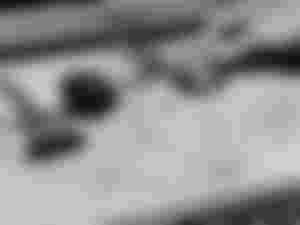
Ninhydrin misting. So the ninhydrin reagent is used for detecting amino acids. In the lab, we use this for food (to detect whether unwanted amino acids contaminate it) or for protein tracing in some unknown sample; but in forensics, it's used to detect amino acids left on the prints. When this reagent detects the presence of amino acids, it will turn into purple, thus making the print visible to the naked eye. It also makes the print fluoresce under UV light but then, there are other materials used if you prefer detecting prints with UV lights

Last from the common ones would be the vacuum metal deposition, VMD. This one is similar to dusting but it makes use of concepts on nanotechnology. You see, metal atoms are applied to the surface of where the print is located. This is done under vacuum (no air) conditions to avoid oxidation of the metal atoms. The commonly used metal here is gold (so kinda pricey) but then it's the metal that gives off the best result since the gold atoms diffuse better into the oils left by the print (also why this metal is always used for detectors and sensors such as your pregnancy kits), thus making it a better detector than most metals like zinc, carbon, copper, etc.

You can also try making dusting powders if you want to play with your fingerprints. Those talc powders work fine because of the various metal content in them but if you want to have a chemist vibes and do mixing of materials, you could use cornstarch and ash. Those are both super fine to the point that they adhere to the print. We did this experiment back then for fun. We also tried it with white onions but that one isn't ideal for trying at home
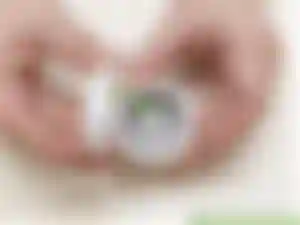
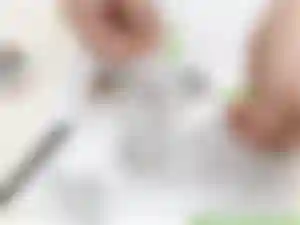

I didn't want to dive into using fluorescing materials because that would make a much longer discussion than I had wanted to cover. As for how DNA is traced, that will be saved for another day because it uses too much technicalities from biochemistry and I have no energy to simplify the content of it
These are for more detailed discussions on these plus a few more extra types of methods and reagents
https://pubs.acs.org/doi/abs/10.1021/ed070p593
https://www.compoundchem.com/2016/07/26/fingerprints/
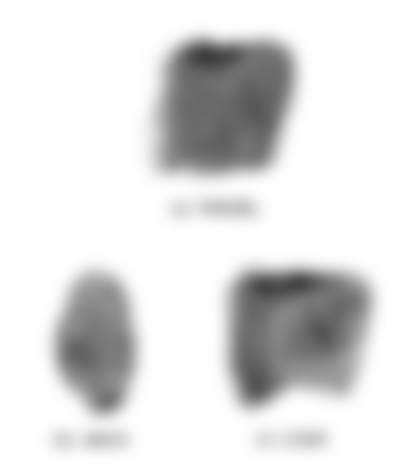
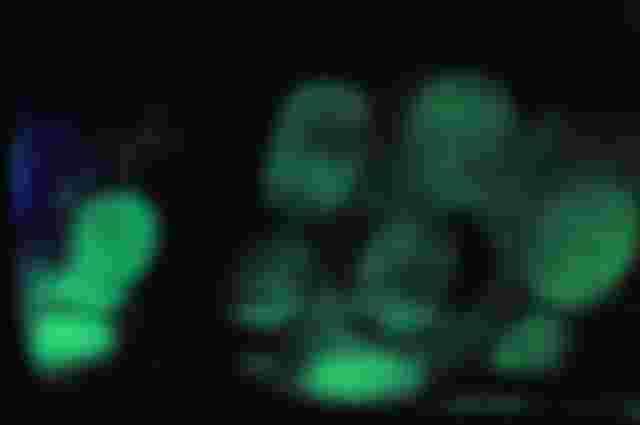
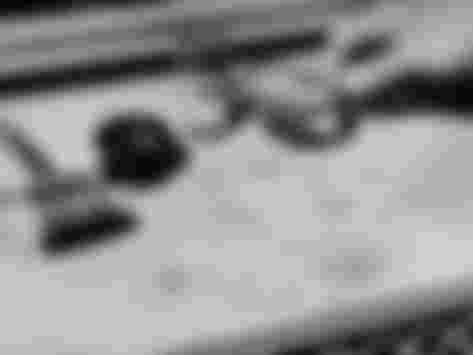
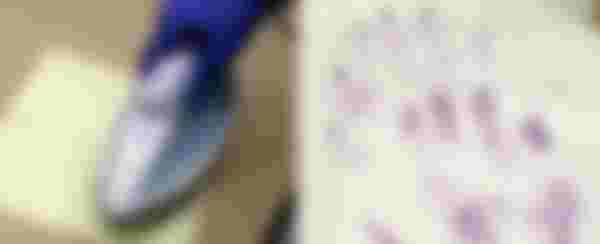
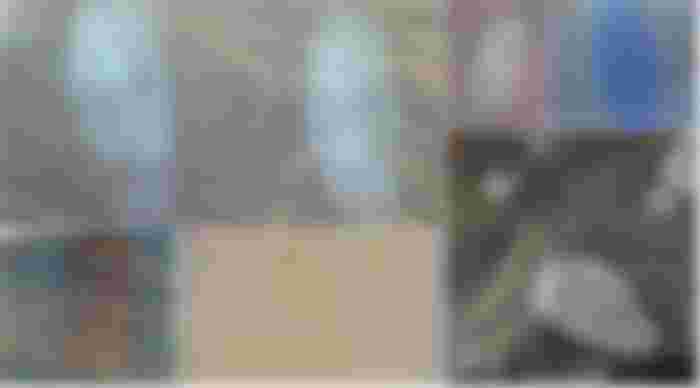
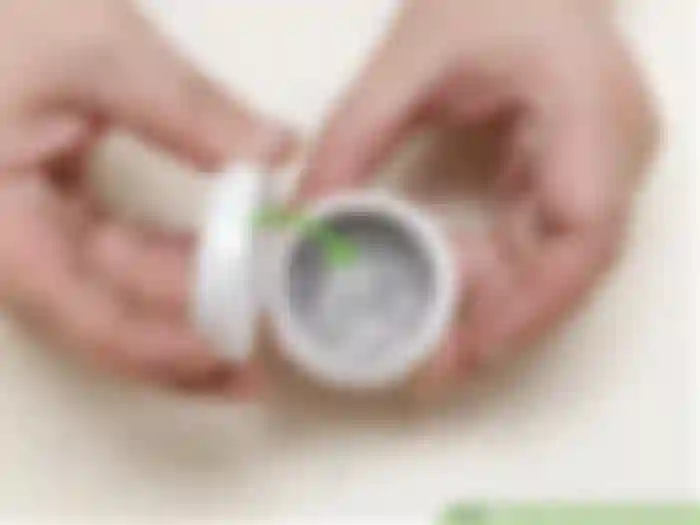


Wow very informative article!